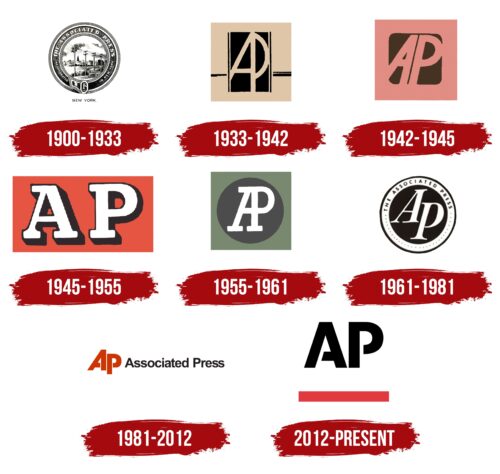AP: Brand overview
The Associated Press (AP) has been a constant and trusted source of news and information around the world for more than 170 years. Founded in 1846 by five daily newspapers in New York City, AP sought to share the cost of delivering news about the Mexican-American War. Since then, the agency has grown into the premier and most extensive news service in the United States. AP, based in New York City, maintains its status as a trusted and respected source of news and information.
In addition to being a cooperative, AP functions as a powerhouse of information. Its members are newspapers, radio stations, and television stations that jointly own the organization and share its profits. AP also extends its news stories to non-members, such as websites and online news platforms, ensuring that they have access to the latest news. AP has been successful in providing news and information on a global scale due to its wide reach.
AP’s reputation for unbiased and credible reporting is well known. AP reporters undergo rigorous training to remain neutral, and a rigorous fact-checking process ensures that only the most accurate news reaches readers. This commitment to accuracy underscores AP’s position as a trusted source of information.
In more than a century of journalism, the Associated Press has won 58 Pulitzer Prizes, including 35 for photography. From reporting on the assassination of President Abraham Lincoln to the bombing of Pearl Harbor, the agency’s news stories have significantly influenced the course of history. Governments, businesses, and individuals around the world rely on AP’s reliable reporting to make informed decisions.
In 1846, five New York City newspapers formed the Associated Press to share the cost of reporting news about the Mexican-American War, ushering in a new era in global news sharing.
In 1848, the Associated Press marked a momentous occasion by being the first to use the telegraph to transmit news.
In 1856, the Associated Press introduced its first code of ethics, under which journalistic integrity and excellence were guaranteed.
In 1892, a watershed moment came when the Associated Press separated from the Western Associated Press and began operating as an independent organization, forever changing the world of the news industry.
In 1917, the Associated Press won its first Pulitzer Prize, becoming the first news organization to receive the honor.
In 1935, the Associated Press introduced the concept of news photographs, changing the paradigm of news sharing.
In 1945, the Associated Press won its first Pulitzer Prize in photography, an important moment in its history.
In 1956, the Associated Press began using satellite technology to distribute news, further revolutionizing global news distribution.
In 1975, the Associated Press won its first Pulitzer Prize for broadcast journalism, a significant achievement in its organizational legacy.
In 1995, the Associated Press made history by launching its first Web site, APNews.com, changing the way people access news and information.
In 2001, the Associated Press achieved another success by becoming the first news organization to win the Pulitzer Prize for online journalism.
In 2017, the agency celebrated a milestone of 175 years of credible news coverage.
Meaning and History
What is AP (Associated Press)?
With a history spanning more than 174 years, the Associated Press (AP) has set the bar high in news dissemination by providing reliable, accurate, and unbiased reporting to its member organizations, the U.S. print media, and broadcasters. Founded on May 22, 1846, AP operates as a cooperative, unincorporated association and remains a critical provider of news to millions of people around the world.
1900 – 1933
1933 – 1942
1942 – 1945
1945 – 1955
1955 – 1961
1961 – 1981
1981 – 2012
2012 – today
The letters “AP” stand for Associated Press. The logo creators highlighted these letters with a short, bold line to emphasize the importance of the news agency. The horizontal line is colored red, which attracts attention and blends well with the black lettering. Since the emblem belongs to a media organization, the font was chosen with special care. The horizontal lines in both glyphs are not fully extended, which indicates the transparency and openness of the organization.
The red line resembles a stop sign, making you look twice, and it blends well with the black words. The letters “AP” are more than just letters. They are like two solid pillars supporting the line. And the lines in the letters are like open doors, saying that the agency has nothing to hide. It seems like a small piece of art, but it tells a big story about who they are.
AP color codes
| Jasper Red | Hex color: | #e1393e |
|---|---|---|
| RGB: | 225 57 62 | |
| CMYK: | 0 75 72 12 | |
| Pantone: | PMS 1788 C |
| Black | Hex color: | #000000 |
|---|---|---|
| RGB: | 0 0 0 | |
| CMYK: | 0 0 0 100 | |
| Pantone: | PMS Process Black C |












